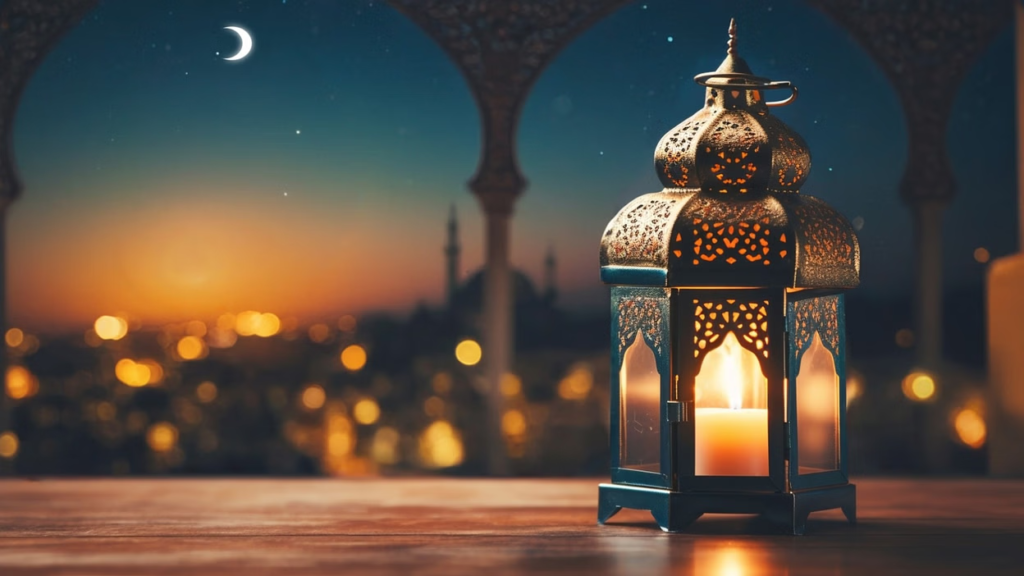
Table of Contents
- Introduction: The Spirit of Eid
- The Night Before Eid: Chand Raat
- Eid Prayers: A Global Unity
- Culinary Delights Across Borders
- Traditional Dress and Fashion
- Eidi: The Joy of Giving
- Country-Specific Traditions
- Saudi Arabia
- Indonesia
- Turkey
- India
- Egypt
- Nigeria
- UK & USA
- Saudi Arabia
- Eid in the Digital Age
- Conclusion: One Faith, Many Cultures
1. Introduction: The Spirit of Eid
Eid-ul-Fitr, meaning “Festival of Breaking the Fast,” is not just the end of Ramadan—it is the beginning of joy, gratitude, and spiritual renewal. It is a festival that transcends geography, ethnicity, and language, bringing Muslims around the globe together in celebration, prayer, and generosity.
2. The Night Before Eid: Chand Raat
For many cultures, the eve of Eid—Chand Raat—is almost as festive as the day itself. Markets buzz with shoppers searching for the perfect outfit, bangles, henna, and sweets. In South Asian countries, women gather to decorate hands with intricate mehndi designs while kids eagerly count down the hours until Eid morning.
3. Eid Prayers: A Global Unity
At the break of dawn, streets and mosques overflow as millions offer the special Eid salah (prayer). Whether it’s on the sandy grounds of the Middle East, lush parks of Indonesia, or mosque courtyards in Africa, the spirit of gratitude is universal. The prayer is followed by the sermon and an embrace of unity—literally—when worshippers greet each other warmly.
4. Culinary Delights Across Borders
Food is the soul of any festival—and Eid is no exception. While the dishes vary across regions, the intent is the same: to share, indulge, and savor.
- India & Pakistan: Sheer khurma (a sweet vermicelli pudding) is a must-have.
- Middle East: Maamoul (date-filled cookies) and lamb dishes fill the table.
- Indonesia: Ketupat (rice cakes wrapped in coconut leaves) are served with spicy stews.
- Turkey: Baklava and Turkish delights are gifted and shared with guests.
5. Traditional Dress and Fashion
Eid is a showcase of cultural beauty. People don their best clothes—often new or specially tailored for the occasion. Men wear kurta-pajamas, jubbahs, or suits, while women dazzle in sarees, abayas, kaftans, and embroidered salwar suits. Regional fabrics, colors, and accessories light up the celebration with visual splendor.
6. Eidi: The Joy of Giving
The tradition of Eidi—gifting money or small presents to children—is eagerly awaited. Beyond this custom, Eid is also marked by acts of charity. Giving Zakat-ul-Fitr before the Eid prayer ensures that even the less fortunate can join in the festivities, making Eid not just a day of celebration, but also of compassion.
7. Country-Specific Traditions
Saudi Arabia
Eid in Saudi Arabia is marked by family feasts, exchanging gifts, and large public gatherings. Men often fire celebratory gunshots in rural areas—a nod to Bedouin customs.
Indonesia
The largest Muslim country by population, Indonesia celebrates Eid as Lebaran. People embark on mudik (homecoming trips) to their hometowns, reuniting with family for prayers, food, and forgiveness rituals.
Turkey
Known as Ramazan Bayramı, Eid in Turkey focuses heavily on family visits. Elders are greeted with a kiss on the hand, and sweet treats fill every home.
India
From Lucknow to Hyderabad, Indian Muslims celebrate with community prayers, homemade delicacies, and heartfelt gatherings. Streets are alive with laughter, and the scent of biryani and kebabs drifts from every home.
Egypt
Known as Eid al-Fitr el-Kebir, Egyptians celebrate with street carnivals, amusement rides for children, and gatherings that last for days.
Nigeria
Eid in Nigeria blends Islamic tradition with rich local culture. Celebrations include durbar festivals—colorful parades with horsemen, drummers, and dancers honoring the Emir.
UK & USA
Muslim communities in Western countries bring multicultural flavors to Eid. Community centers, parks, and mosques host open Eid events, spreading cultural awareness and unity across faiths.
8. Eid in the Digital Age
While traditional customs remain, modern technology has added new layers. Virtual Eid cards, Zoom calls for distant relatives, and Instagram feeds showcasing Eid outfits have become part of the celebration—bridging distances with digital warmth.
9. Conclusion: One Faith, Many Cultures
Eid-ul-Fitr is a beautiful reminder of the diversity within unity. From Jakarta to Jeddah, from Lagos to London, Muslims celebrate the end of Ramadan in ways shaped by history, geography, and heritage—but the essence remains the same: gratitude, togetherness, and joy.

